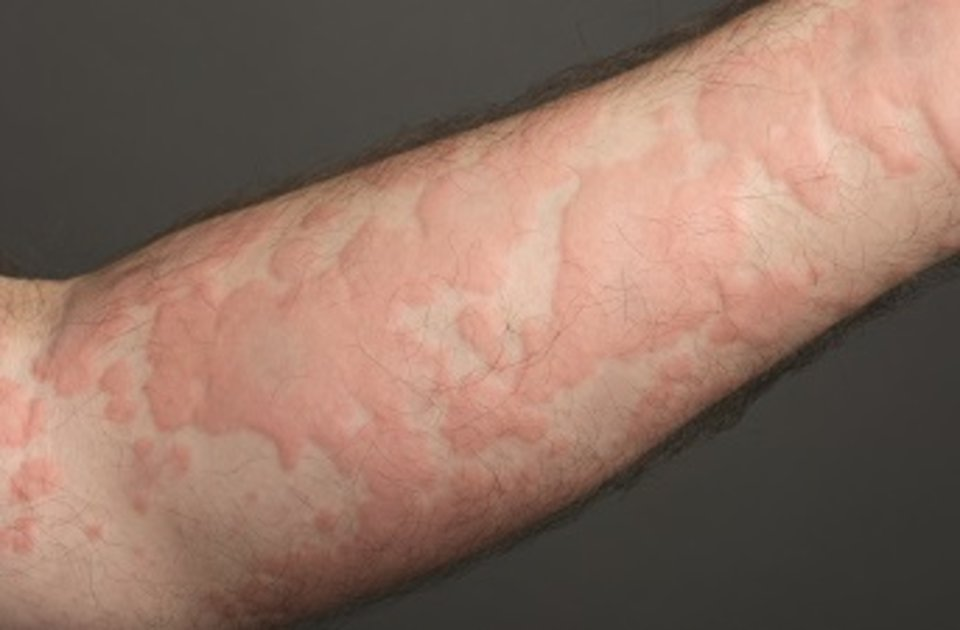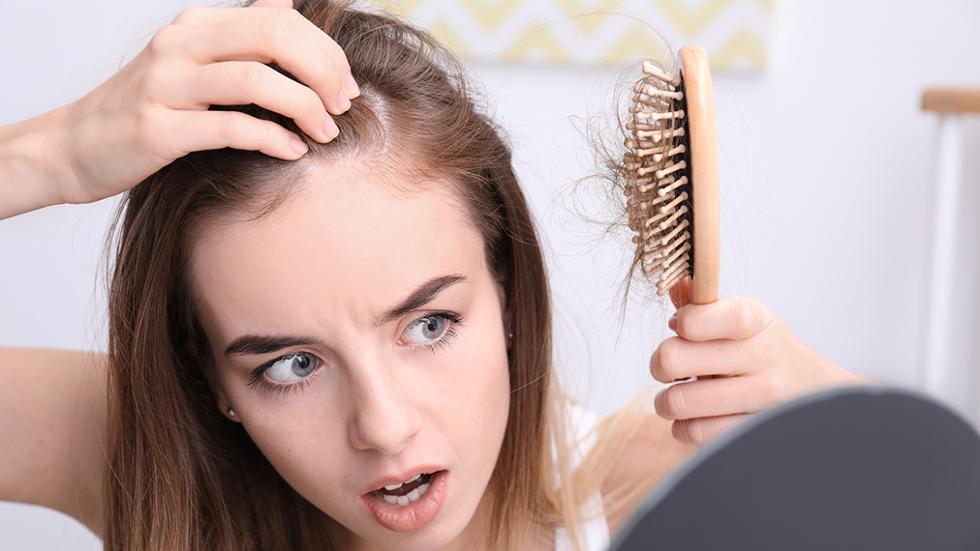Eczema: Symptoms, Treatments and Causes
What is eczema?
Eczema (or dermatitis) is a skin condition which results in dry, inflamed and sometimes weeping skin. There are many types of eczema but all have the same symptoms of itch, red spots, blisters, weeping or oozing in the acute stage and dryness, scaling, thickened rough skin in the chronic stage (i.e. when the condition has been long-standing).
There are 2 main types of eczema:
- Those caused by direct skin contact with an external chemical agent. This variant of eczema is called contact dermatitis.
- Those not caused by an agent in contact with the skin (i.e. endogenous eczema). This is due to an inherent tendency to develop dermatitis on the skin. Some common examples of endogenous eczema are atopic eczema and seborrhoeic eczema.
What is atopic eczema?
Atopic eczema is the commonest skin condition affecting children. It usually begins in infancy after 3 months of life or during childhood. It may, however, present at any age including adulthood. It is a very itchy condition and is usually chronic and relapsing. However, there is a tendency for it to improve with age and may even clear completely.
What causes atopic eczema?
The exact cause is unknown but the tendency is inherited. People with atopic eczema tend to suffer from other atopic conditions like asthma or hay fever (allergic rhinitis). Family members may also suffer from these conditions. The term “atopy” refers to an inherited tendency to develop allergies or be hypersensitive to environmental factors. However, not every member of the family is affected by atopic disorders and eczema may not be manifested in every generation.
External factors such as contact with irritants and other factors such as skin barrier defects also play a role.
How does atopic eczema present in the child?
There are different patterns of location of the rash and the patterns change with age. In infancy, eczema usually presents on the cheeks and the baby may be fretful and rub his face against the pillow or the bedsheet. As the child grows older, the rash may be localized on the neck, elbows, knees, wrists and ankles. It appears dry, red and scaly. Eczema may affect any part of the body including ears and scalp.
Are there any tests needed to confirm the diagnosis?
The diagnosis of atopic eczema can be made clinically by an experienced dermatologist. The doctor will ask certain questions about the rash and do a physical examination. Usually, no laboratory or skin tests are required to make the diagnosis.
What is atopic eczema not?
- Eczema is not contagious nor infectious. Sometimes the eczema may be infected by bacteria such as Staphylococcus aureus because of the constant scratching resulting in open sores.
- Eczema is not related to poor hygiene and is not a sign of poor parenting. Overzealous washing with harsh antiseptics or soaps can be very drying and makes the condition worse.
- Eczema is not due to ‘bad blood’ or related to what the child’s mother did or did not do during pregnancy. Neither is atopic eczema due to lack of certain vitamins.
Is atopic eczema an allergy?
Atopic eczema is not caused by an allergy. However, a child with atopic eczema may suffer from other allergies which may make the skin condition more itchy. Common ones which may be relevant to people with atopic eczema are:
- Food allergy: Some young children with eczema have increased redness and itch after ingesting certain foods. Older children and adults with atopic eczema tend to be less affected. Common offending foods are cow’s milk, egg, soy, seafood, wheat and peanuts. If your doctor suspects that food allergies may be contributing to your child’s eczema, a skin prick test or a blood test may be performed. Unnecessary food eliminations should be avoided, as they may result in the child not getting sufficient nutrients from that food group.
- Dust mite allergy: Humid climatic conditions favour the growth of house dust mites. They live on the skin scales shed by humans. People with eczema and dry skin have more scales shed. House dust mites can trigger an allergic reaction in the skin of people with eczema thus aggravating the condition.
What makes atopic eczema worse?
- Heat and sweating.
- Dry skin. Prolonged exposure to air-conditioning and too frequent bathing especially with harsh soaps would exacerbate the dryness.
- Stress. Emotional stress leads to increased itch. Sometimes the frustration and distress may come from the atopic eczema and its treatment.
- Allergies such as those discussed above.
- Infections such as bacterial infection on the skin.
What is discoid eczema?
This type of eczema appears as circular patches on the arms and legs. It is often itchy and weepy in the acute or “wet” phase and dry and scaly in the chronic phase. Treatment includes the use of topical steroids. There is a tendency for the condition to run a relapsing course for many months.
What is hand eczema?
This is another pattern of eczema which affects the hands predominantly. Small itchy blisters may appear recurrently on the palms, fingers and sometimes may involve the feet. The blisters dry and this is usually followed by cracks and scaling. If the eczema affects the nail folds, the nails become irregular and deformed as the cuticle is lost. Recurrence is common.
What is the treatment?
Hand eczema is made worse by irritants such as soaps and household detergents. If the condition is chronic and unresponsive to treatment, a skin test called patch test may be helpful to detect underlying contact allergy.
The most important part of managing hand eczema is to minimize contact with irritants such as detergents and excessive we work.
- Always use gloves when doing wet work. Never handle detergents with bare hands. For dry and dusting work wear cotton gloves.
- Learn to use long-handled brushes when washing your dishes and cooking utensils. Use a wooden spoon to marinate your food. Do not use your fingers.
- Wear plastic gloves when you need to prepare food such as seafood, raw meat, onion, garlic, fruits and chilli.
- Excessive hand washing is discouraged. Use mild non-alkaline soaps.
- Regular use of hand moisturiser
Your dermatologist may also prescribe topical corticosteroid creams to reduce inflammation.









